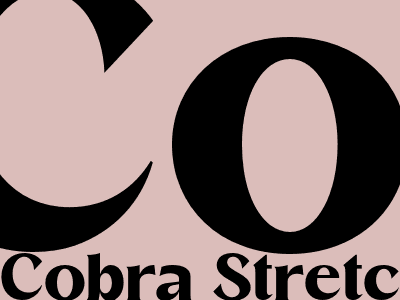Cobra Stretch: Unlocking the Power of Backbends
Introduction
The cobra stretch, a fundamental yoga pose, offers a myriad of benefits for the body and mind. It promotes flexibility, strengthens the spine, and stimulates internal organs. This comprehensive guide delves into the technique, variations, and therapeutic applications of the cobra stretch, empowering readers to incorporate this potent pose into their wellness routines effectively.
Benefits of the Cobra Stretch
- Enhances spinal flexibility, reducing stiffness and pain.
- Strengthens the back muscles, improving posture and preventing back injuries.
- Stimulates abdominal organs, promoting digestion and reducing bloating.
- Relieves stress and tension held in the back and neck.
- Improves circulation, bringing fresh oxygen and nutrients to the tissues.
How to Perform the Cobra Stretch
- Lie face down with your legs extended and feet flexed.
- Bring your hands palms down under your shoulders, elbows close to your body.
- Press your hands into the floor as you slowly lift your upper body, keeping your core engaged and lower back flat.
- Gaze forward, maintaining a neutral neck position.
- Hold for 5-10 breaths, gradually increasing the duration over time.
Variations of the Cobra Stretch
- Cobra with knees bent: Bend your knees and bring your feet together to modify the stretch and protect your lower back.
- Cobra with blocks: Place yoga blocks under your hands for extra support and to deepen the stretch.
- Upward-facing dog: Lift your hips off the floor, straightening your legs to create an inverted V-shape with your body.
Therapeutic Applications of the Cobra Stretch
- Lower back pain: Regular cobra stretches can alleviate pain and stiffness in the lower back by strengthening the supporting muscles.
- Digestive issues: The cobra stretch stimulates the abdominal organs, promoting digestion and reducing bloating.
- Anxiety and stress: This pose helps release tension held in the back and neck, promoting relaxation and reducing stress levels.
Tips for Beginners
- Start slowly: Begin with holding the pose for a few breaths and gradually increase the duration.
- Listen to your body: If you experience any discomfort or pain, stop the stretch and consult a healthcare professional.
- Engage your core: Focus on keeping your core engaged to protect your lower back.
- Modify the pose: If necessary, use variations such as the cobra with knees bent or blocks to make the stretch more accessible.

Komentar